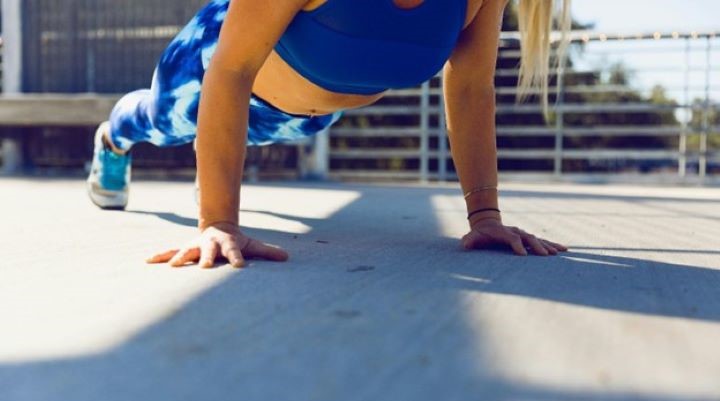
Functional Fitness: Training for Real-Life Strength and Mobility
Functional fitness is an emerging transformative approach to exercise that focuses on movements that mimic everyday activities. Unlike traditional workouts, which often emphasize isolated muscle training, functional fitness prioritizes exercises that improve overall strength, balance, and mobility – qualities that are essential for real-life tasks. From lifting groceries to climbing stairs, this training method can enhance your quality of life and help prevent injuries.
What Is Functional Fitness?
Functional fitness involves training your body for activities performed in daily life. Instead of isolating specific muscles, it incorporates compound movements that engage multiple muscle groups simultaneously. These exercises mirror actions like bending, twisting, pulling, and reaching.
The Key Principles of Functional Fitness:
- Multi-Joint Movements: Exercises engage more than one joint and muscle group, improving coordination and strength.
- Core Engagement: A strong core is essential for stability and injury prevention.
- Dynamic Balance: Training for balance enhances your ability to adapt to various environments and movements.
The Benefits of Functional Fitness
- Improved Daily Performance: Functional training enhances your ability to perform everyday tasks more efficiently. Whether it’s carrying heavy bags or playing with your kids, this approach builds strength and endurance for real-world activities.
- Injury Prevention: By strengthening the stabilizing muscles and improving mobility, functional exercises reduce the risk of injuries caused by falls or overuse.
- Better Posture and Stability: Core-focused functional exercises can alleviate chronic back pain and improve posture, making you more comfortable in your daily activities.
- Increased Range of Motion: Functional movements enhance flexibility and joint mobility, making it easier to perform tasks that require bending or reaching.
Key Functional Fitness Exercises
Here are some effective functional fitness exercises to include in your routine:
- Squats
- Why it works: It simulates sitting down and standing up, strengthening your legs and core.
- How to do it: Keep your feet shoulder-width apart, lower your body as if sitting in a chair, and rise back up.
- Lunges
- Why it works: Mimics walking or climbing stairs while improving balance and leg strength.
- How to do it: Step forward with one foot and lower your hips until your knees are at 90 degrees. Slowly push back up to an upright position.
- Push-Ups
- Why it works: Builds upper body strength for pushing motions, such as opening doors or lifting objects.
- How to do it: Start in a plank position and lower your chest to the ground before pushing back up.
- Planks
- Why it works: Strengthens the core, essential for stability in all movements.
- How to do it: Hold a push-up position with your body in a straight line.
- Deadlifts
- Why it works: Trains lift and bend motions, building strength in the back, legs, and core.
- How to do it: With a straight back, bend at the hips and knees to lift a weight from the ground.
Functional Fitness Is for Everyone
Functional fitness isn’t limited to athletes or fitness enthusiasts. It’s adaptable for all ages and skill levels, from beginners to seniors. By focusing on individual needs and goals, you can tailor a program to suit your unique requirements. Working with a trainer can help ensure you’re performing exercises correctly and safely.
Conclusion
Functional fitness is about more than aesthetics. Instead, the focus is on practical benefits that improve real-life strength and mobility. By incorporating functional exercises into your routine, you can enhance daily performance, reduce injury risk, and maintain long-term well-being.
To learn more about functional fitness and its role in a healthier lifestyle, visit the National Wellness and Fitness Association.